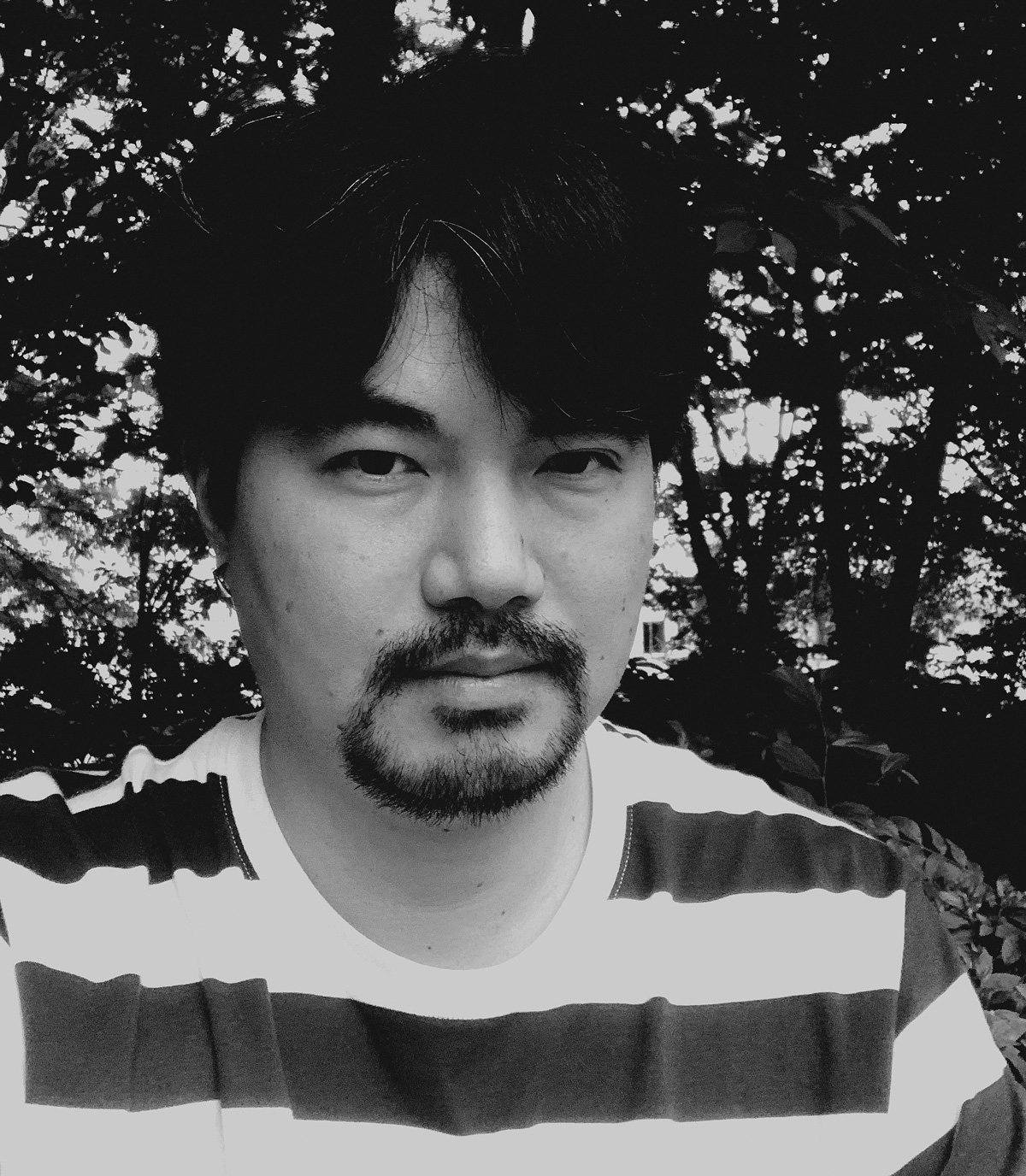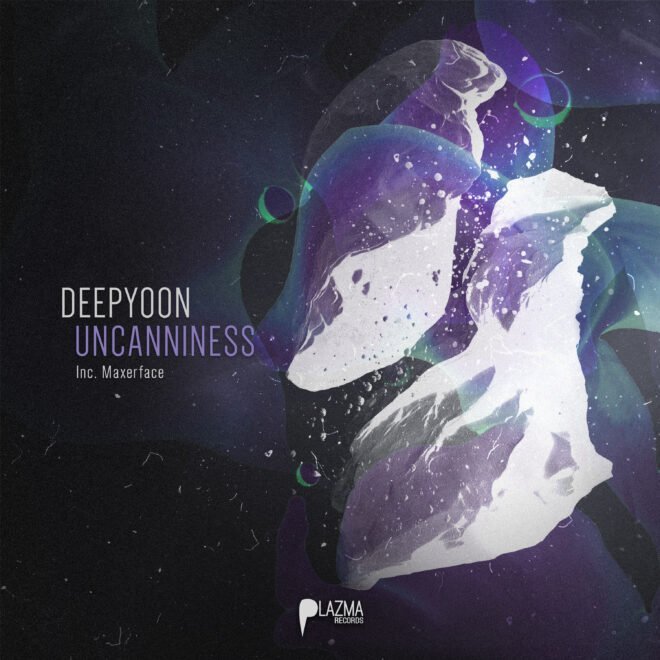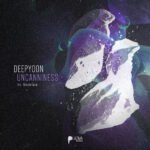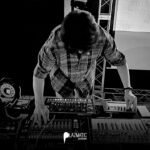Paul Yoon, now known as Deepyoon, began his journey in electronic music with disco and synthpop but soared with his discovery of Liquid D’n’B. Yet, it was his deep affection for techno that became the defining force and true direction of his career.
Embracing techno’s avant-garde spirit, Deepyoon channeled his creativity into pioneering work, with his recent “Uncanniness” EP showcasing the dark, atmospheric essence inspired by his environment—from the constant noise of city life to the haunting silence of an abandoned hospital.
Overcoming early challenges like limited resources and a pop-centric scene, Deepyoon harnessed his ingenuity and self-taught skills, beginning with dissecting Scream Tracker files to innovate.
His career then took an intriguing turn into video game music, where he expanded his reach and honed his ability to create immersive sonic worlds. Unexpectedly acclaimed across multiple continents, Deepyoon now blends his gaming music expertise with his passion for techno.
Check out our exclusive interview with Paul, who brings a unique viewpoint from South Korea to the global electronic music scene. Gain insights into his fresh take on the genre, the challenges he’s faced, and his insider tips. Enjoy the read!
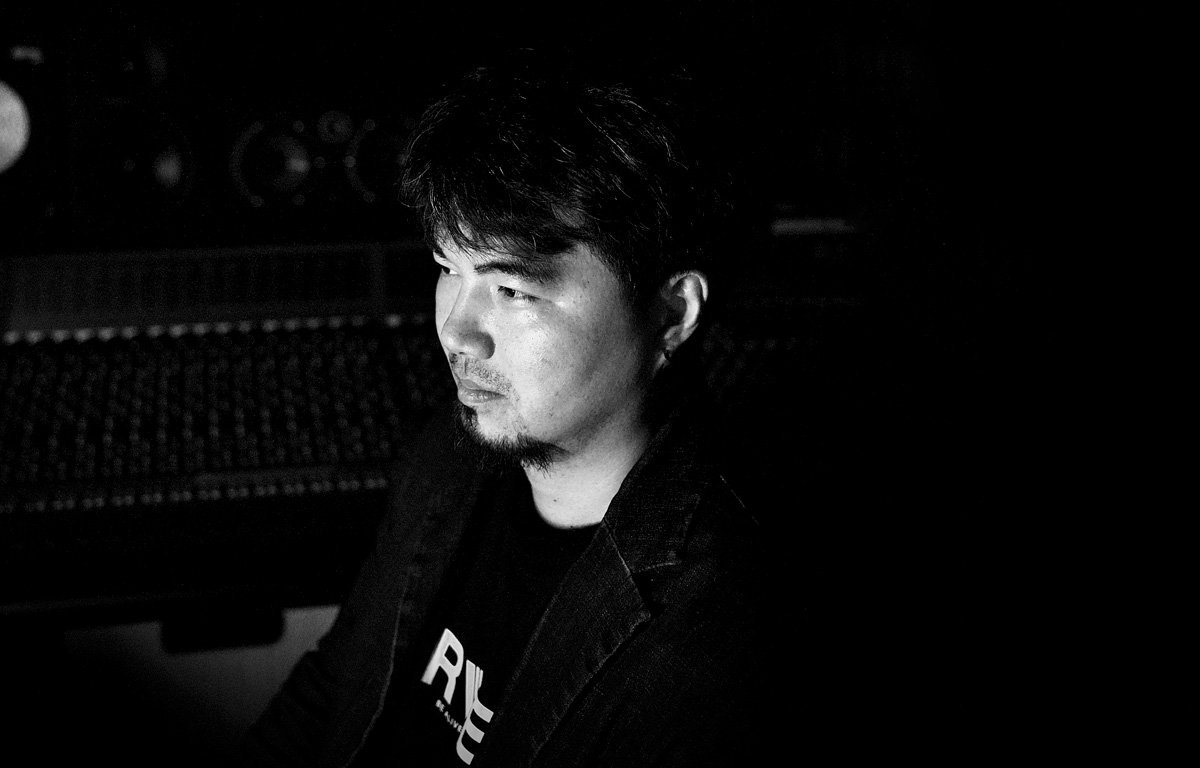
Firstly, what is your full name, age, and where are you from?
My name is Paul Yoon. I’m 44 years old and from South Korea.
Can you share about how your musical journey began?
From a young age, I was more influenced by music genres like disco and synthpop than by children’s music such as nursery rhymes. In 1997, while attending high school in Los Angeles, I discovered electronica, particularly Liquid D’n’B and Chillout, through nightly broadcasts on 89.9 KCRW, a station from Santa Monica College. This, combined with my experiences at rave clubs around Los Angeles, sparked my deep interest in electronic music. After returning to Korea in 2000, I became active in the underground scene in Gangnam and Hongdae, Seoul.
What sparked your interest in music production, and techno in particular?
Before I started making music, my interest in techno was sparked by watching C.J. Bolland’s music video on MTV. The distinctive, smooth yet powerful sound of the TB-303, which he often uses in his music, introduced me to techno as a musical genre. At that time, techno and techno musicians were virtually unknown in Korea.
What challenges did you face in the early years of your music production journey, and how did you overcome them?
Until the early 2000s, Korea did not use overseas Internet networks but relied on domestic BBS networks, making it difficult to obtain information from abroad. The Korean music industry was heavily oriented toward American pop music, and there was no infrastructure for easily purchasing or listening to overseas electronic music albums. As a result, very few people in Korea were interested in or making electronic music, and there was no one with whom I could share musical exchanges. This made it difficult to understand the engineering of synthesizers, DAWs, and technology-based sound production techniques.
I became self-taught by opening Scream Tracker files that overseas musicians were working on and releasing, trying to understand their structure. Particularly with the beta version of Reason 1.0, released in 2000, I was able to produce the sound I wanted and create music that was closer to the electronic music I envisioned.
After that, a few electronic musicians, including myself, formed an electronic music organization called Grove KEMF, which was active from 2002 to 2004. It was there that I first met my friend Maxerface.

Can you share some of the different roles you’ve played in the music industry throughout your career?
There was a time when I was financially constrained because I spent all day making music without leaving the house. After seeing an advertisement for game musicians, I remembered my childhood love for games and decided to submit my music to a game company. I was accepted and began working as a freelance composer, creating game music. While doing this, I continued to make and upload my own music, including genres like Tribal House and Minimal Techno, with the aim of reaching an international audience.
Four years later, while occasionally submitting work for game music jobs, I was contacted by someone who was a fan of my game music. To my surprise, I learned that my music had become very popular in the game music industry and was known in Japan, China, North America, and South America, with many fans. Since then, I have been working hard on game music to show my appreciation to my fans.
How do your experiences as a video game composer and media artist influence your approach to electronic music?
Unlike other genres, video game music requires a variety of elements to be incorporated while maintaining a strong focus on visual concepts and atmosphere. Given the diverse range of styles involved, there’s no specific genre, which requires proficiency in almost every musical style. Admittedly, I initially struggled to avoid dissonance because I relied purely on instinct and lacked formal knowledge of chord progressions and harmony.
However, I had an ear that helped me cover up those shortcomings. (While the progressions I used may not always have made theoretical sense, they weren’t offensive to the public’s ears.) Over time, working across different genres taught me how to integrate popular elements and strategically place appealing aspects. Additionally, collaborating with major corporations honed my communication and negotiation skills with corporate professionals.
Around 1998, when I was a student in Los Angeles, I was supposed to attend art school because I excelled in fine art, and my principal recommended it. (Honestly, I might be more talented in this area than in music.) However, due to a series of tragic events in my family, I stopped studying and began to wander. That’s when I completely stopped pursuing art and started making music as a hobby.
As time went on, I found myself exploring art again, even though I was focused on music, and I discovered that sound is also a branch of media art, which led me to delve into media art. Through this, I learned a lot of visual techniques and skills, including sculpture, but the most important lesson was understanding other people’s artistic perspectives and learning how to explain my own. I believe my experiences in these two areas have greatly influenced my current work in electronic music, particularly in the techno genre.
We heard that you served as the executive music director for the official opening ceremony of the 2010 Formula 1 Korean Grand Prix. What was that experience like?
Yes, indeed. In the winter of 2009, I had the privilege of serving as the executive music director for the ticket opening ceremony of the 2010 Formula 1 Korean Grand Prix, the first-ever Formula 1 race held in Korea. It was also the first live 3D screen presentation in Korea, so the workload was massive, and I couldn’t manage it all by myself, but I wanted to test my own limits.
I designed, created, and integrated all the sounds for the hour-long event (excluding commercials), working with almost no sleep over a period of two months. This experience was incredibly intense and pushed me to my limits. In the last two weeks, I survived on just one hour of sleep per day, and after completing the project, I slept for 48 hours straight.
The most challenging part was that I didn’t have a production company, so as an individual without access to sound effects or a music library, I had to create all the music and sound effects by hand. This included the engine sounds for the F1 car, which were licensed and very expensive, so I had to create similar sounds myself. I used Reason’s Subtractor to create the fake engine sounds for the F1 car.
The opening video screen, featuring that F1 engine sound and the acid techno full of TB-303s that I composed, received a standing ovation from the audience. After the event, an overseas F1 official complimented me on the quality of the sound. I am satisfied with the outcome, as that was my goal throughout the project.
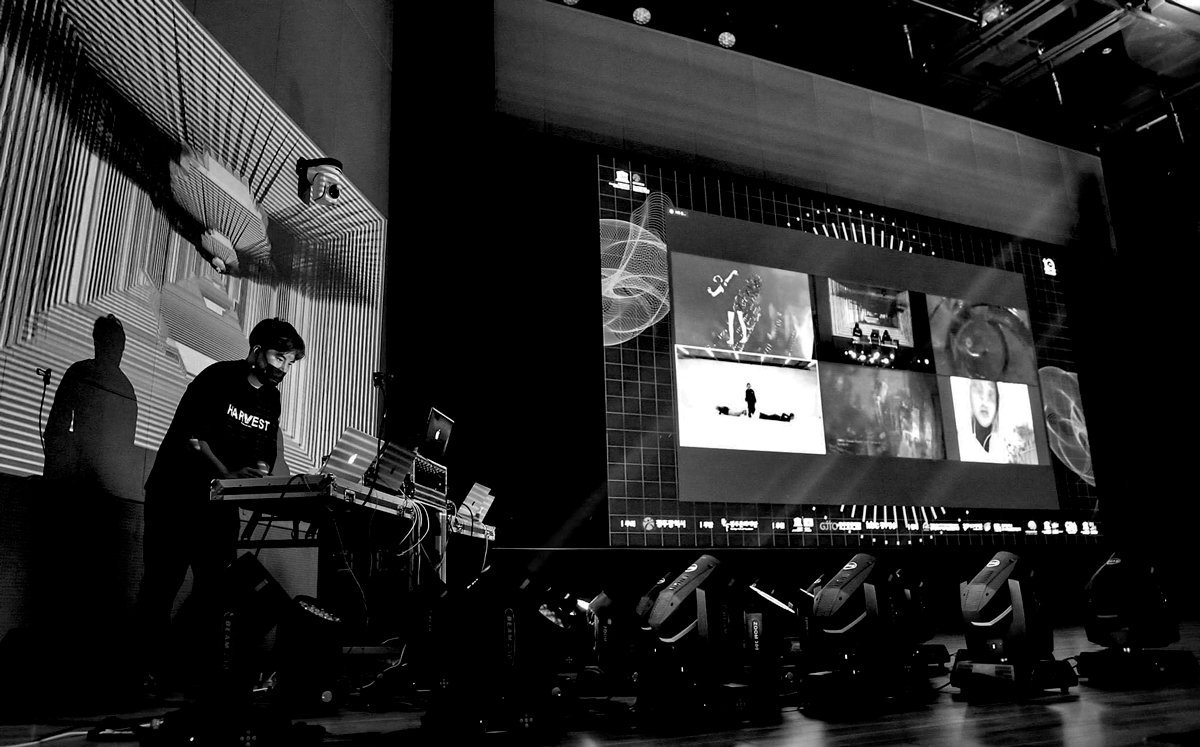
Who are some of your biggest artistic influences, both within and outside the music industry? How have they shaped your approach to creating music?
I think I’m most influenced by Sasha’s music and mixtapes. He has had a significant impact on me, especially in terms of how to tell a story through the progression of a track. He taught me how to maintain a sense of auteurism across an hour-long mix or an entire album.
Formerly, you were known as Paul Yoon. Can you tell us about your recent rebranding and what inspired you to make this change?
As you know, there are countless sub-genres of techno within electronic music. Maxerface and I have been creating our own brand of techno, which was somewhat different from our current focus, leaning more towards a raw or hypnotic style. In 2022, Maxerface and I ventured into the modern techno scene with a project called Imperial Deep. It became clear that it was time for me to further differentiate myself.
I had previously used the name Paul Bazooka in the video game music and art world, and Deepdrome for dub techno and ambient genres. This led me to adopt the name Deepyoon. While having multiple names isn’t an issue, each of these three names carries its own distinct identity.

How do you balance artistic depth with a variety of genres in your music?
I think it’s a personal thing, but I find that creating tracks solely based on emotion tends to cloud my rational judgment. Therefore, I strive to think with a hot heart and create music with a cool head. The music I create for others is primarily aimed at a broad audience, so I aim to produce pieces that are both moderately sophisticated and enjoyable or beautiful. This is especially true when fulfilling specific requests; I make sure to incorporate elements of my signature sound into the music, whether through the overall sound, mixing, mastering, or patterns, so that listeners can immediately recognize and say, “Oh, this is definitely Paul’s music.”
On the other hand, the deep style of electronic music I create on my own tends to be very serious and somewhat depressing. There’s a clear division between what I want to do and what I don’t want to do in my music. If I were to sum it up in one word, it would be “restraint.”
To me, achieving balance in music involves three key elements:
- Establishing your own distinct sound.
- Exercising restraint in expression.
- Clearly conveying the theme and organization of the piece.
I believe music that incorporates these elements is inherently balanced. Ultimately, this perspective aligns closely with the nature of art itself. I think the presence or absence of this auteurist thinking delineates the boundary between what is artistic and what could be artistic.
Walk us through your typical creative process when producing a new track. How do you start, and how do you know when a piece of music is complete?
I start by turning on my audio interface and DAW, then I grab my mouse and move on to the idea stage. This is where I run through a bunch of ideas in my head and try to capture the most useful ones. I imagine a single scene, like a key scene in a movie, and store it in my mind as an overall color and feel. From there, I start designing the kick drum, followed by the bass rhythm to complement the kick, and so on. I then build up the music to match that initial image.
The advantage of visualization is that by visualizing both the music and the process of making it, I can run a mental simulation to get an accurate estimate of how long the process will take, and I’m rarely wrong.
It’s a technique I’ve developed over time, and I find it to be a very effective way to create music quickly.
What are your go-to music production tools and instruments?
For my DAW work, I exclusively use Ableton Live with a keyboard and mouse, relying solely on its default instruments. I do this because I’m considering collaborating with Maxerface, and we both use only Ableton Live’s native instruments to make it easier to share project files.
Unlike in the past, I rarely use VSTs outside of Ableton Live’s default instruments, only occasionally incorporating one or two for mastering purposes.
For DAWless production, I center my setup around the Digitone and Digitakt, along with the full Roland Aira series. Working DAWless helps keep my focus on the music rather than the computer screen.
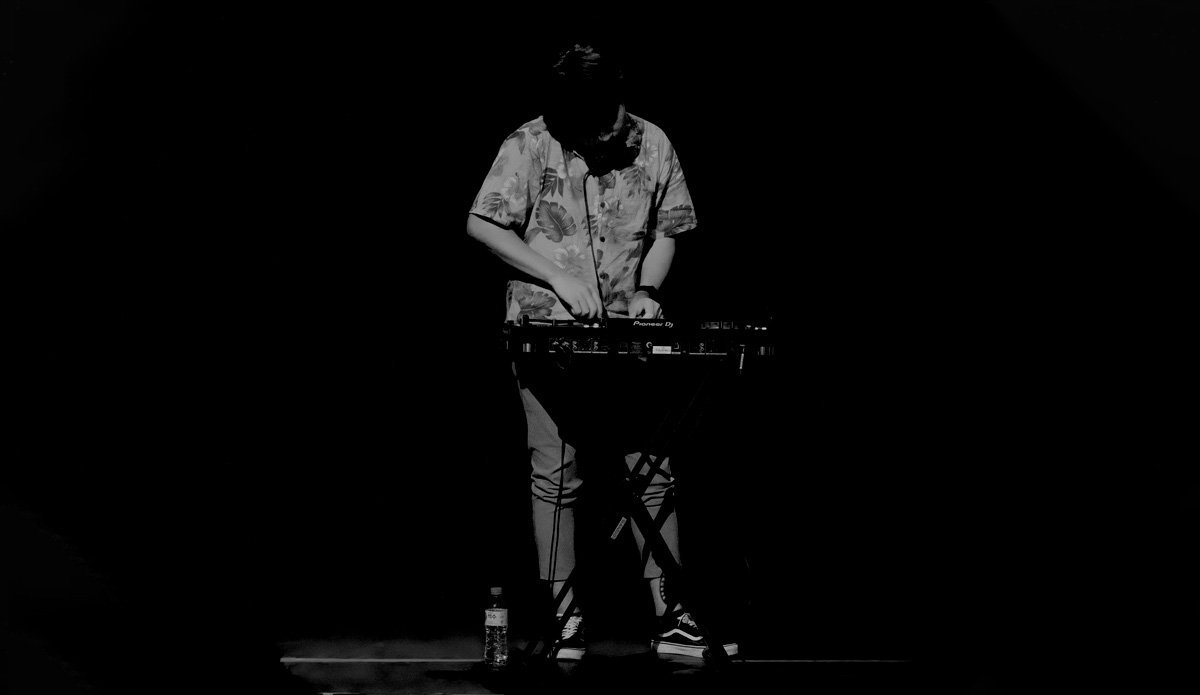
How do you see the relationship between electronic music and the broader art world?
Experimental electronic music is undeniably a form of art and already has a place in the broader art world. However, there are still many individuals within the art community who do not share this viewpoint. I see it as my mission to change this perception. While one person alone may not be able to change the entire world, together we can strive to make a meaningful impact.
I’ve encountered people who believe that art is only art if it’s painted on a canvas with a brush. Even within the media art world, there are groups that do not consider sound as art, viewing video as a more significant form of art.
If we present sound works with specific themes and meanings and encourage more people to understand their value, rather than dismissing them, I believe the future of electronic music’s artistic value could be much brighter.
This is what I see as the broader artistic value of sound art: a world where electronic music is recognized and appreciated as an integral part of art, rather than something taken for granted.
The techno industry has experienced significant growth and changes over the years. From your perspective, how has the industry evolved, and what are some positive or negative aspects you’ve observed throughout your journey as an artist?
If we divide the development of techno music into two periods based on its influence on society, we can see that techno in the past had a strong sense of being a social movement with a distinct techno spirit. Nowadays, techno has been embraced worldwide, with each country developing its own unique styles within the genre. I believe it has reached a stage of musical refinement thanks to the work of many great musicians.
Techno is a genre that requires considerable time to achieve sophistication, and its maturity is closely tied to advancements in media and technology, including the development of new instruments. For example, classical music, which represented the pinnacle of its era’s technology, is still celebrated today. Similarly, techno represents the cutting edge of musical technology in our time. In that sense, “techno is the classical music of the 21st century.”
Techno is highly experimental and often ahead of its time. Creating techno requires in-depth knowledge of technical aspects beyond basic synthesizer functions. It tells a story through mood, tone, and structure rather than melody, and expresses sounds in unique ways that are not bound by formal conventions. This aspect aligns with the meaning of the word “techno,” which signifies a rebellion against societal norms. Techno could be considered one of the greatest artistic inventions, as it evokes metaphysical content directly through the ears.
I can’t really think of any negative aspects.
Whether it’s remixes or original collaborations, how do you approach working with other artists? What do you value most in a collaborative process?
When most people discuss remixes, they often focus on maintaining the original sound that the artist intended to preserve. However, I find it exciting to create a track that aligns with the title, theme, and mood of the original song, while also feeling like a completely new piece. Before starting, I usually ask if the other artist is open to the possibility of the remix being quite different from the original.
In collaborations, my approach is slightly different. Having been part of a team for a long time, I believe it’s crucial to set aside any differences in skills or opinions and work together unconditionally. When you respect each other, understand each other’s strengths, and make concessions to allow the other person to express themselves better, you often uncover new sounds and amazing musical ideas that neither of you could have achieved alone.
It’s akin to a musical structure where the instruments and the musicians make concessions to each other to create harmony.
We’ve just released your debut EP on Plazma, titled “Uncanniness.” Can you share the details of the creative process behind this EP and what inspired it?
The EP is made up of tracks that are quite different from the style of music I’ve been doing. I wanted to create an EP that was dark and brooding, but with dynamic beats at the same time.
The neighborhood I live in has a large hospital, and 911 ambulances with life-or-death situations speed by with their sirens blaring all day long. It’s also situated in a major subway construction zone that’s been ongoing for over a decade, so there’s constant rush-hour noise. I live and work amidst this tremendous environmental noise. Additionally, there is an abandoned hospital nearby that has been deserted for over 40 years. The feelings of intimidation, fear, and unpleasantness I experience when walking past it are exactly what the title of the album, Uncanniness, represents. These environmental factors around me inspired the creation of this album.
We’ve just released your debut EP on Plazma, titled “Uncanniness“. Can you share the details of the creative process behind this EP and what inspired it?
The central theme of the “Uncanniness” EP is the cascading effects that fear has on individuals’ minds. Everyone experiences different feelings when encountering the same object or being in the same environment. Similarly, we can listen to the same music and have varied interpretations of it. I kept the beat as minimal as possible to highlight the subtle changes in the main sound, ensuring that each listener will have a unique experience and interpretation.
If your music were a visual art piece, what would it look like, and what emotions would it evoke?
I think it would be more of a metaphysical, monochromatic, sound-responsive piece with hidden elements, rather than an overtly bizarre or grotesque composition.
Could you share insights into your current engagement as a DJ? How often do you find yourself behind the decks, and when you do, do you tend to focus on mixing a diverse range of tracks or primarily showcasing your own music?
I’ve primarily been involved in computerized gigs using a DAWless format rather than traditional live DJ mixing over the past decade, with most of my performances being solo. When I do mix a variety of tracks, I carefully select them to fit the overall composition.
When mixing the selected tracks, I often modify some of the original parts to give them a fresh feel, creating something akin to new songs while respecting the originals. In fact, I don’t frequently include my own music in a live mix. However, when I perform shows featuring only my own material, I often mix for 30 minutes to an hour using exclusively my own tracks.
What role do technology and new music production tools play in your creative process?
Techno is one of the most avant-garde genres of electronic music and is naturally shaped by technological advancements. I have a deep interest in these production techniques and tools, and each day brings new learning experiences.
While new instruments or tools can add complexity to sound, they typically don’t significantly alter the music unless they are remarkably novel and unexpected. I propose exploring new possibilities by incorporating instruments from the past that aren’t typically used in techno. For instance, I’ve been trying to introduce the Jaw Harp as a primary instrument in techno for 2022, but my initial attempts have not succeeded.
I would appreciate it if someone could achieve this before me and share their approach. Adapting this sound into an electronic format is feasible, although the Jaw Harp’s inherent pitch instability poses significant challenges in control.

What advice would you give to aspiring electronic musicians who are trying to find their own unique sound?
AI will undoubtedly have a profound impact on the future of music. However, as someone who firmly believes that no machine can replicate your unique sounds and patterns, it’s crucial to prioritize discovering your own sound over merely perfecting your music.
To achieve this, I recommend delving deeply into FM synthesizers, which allow you to create complex sounds in diverse ways, while also recognizing the importance of exploring other synthesizers.
How has your music evolved over the years, and where do you see it going in the future?
The truth is, I’ve been making music alone for a long time to satisfy my own hunger for a sound that feels uniquely mine. I still have a long way to go and always feel like a rookie.
For now, I’m deeply focused and dedicated to techno, constantly working to refine and personalize it.
Are there any upcoming projects or collaborations that you’re excited about and would like to share with your fans and the audience?
Deepyoon will be collaborating with Maxerface on a new EP for the techno duo Imperial Deep. It’s going to be an exciting project that blends our respective styles.
Thank you.
